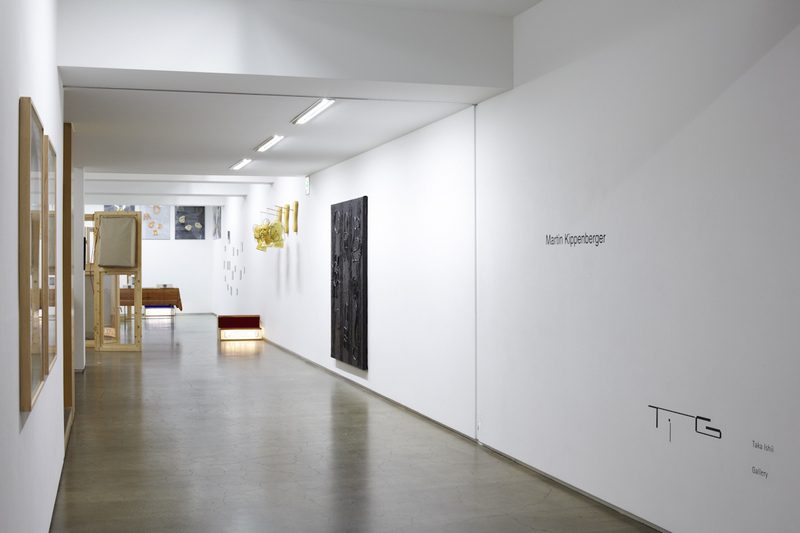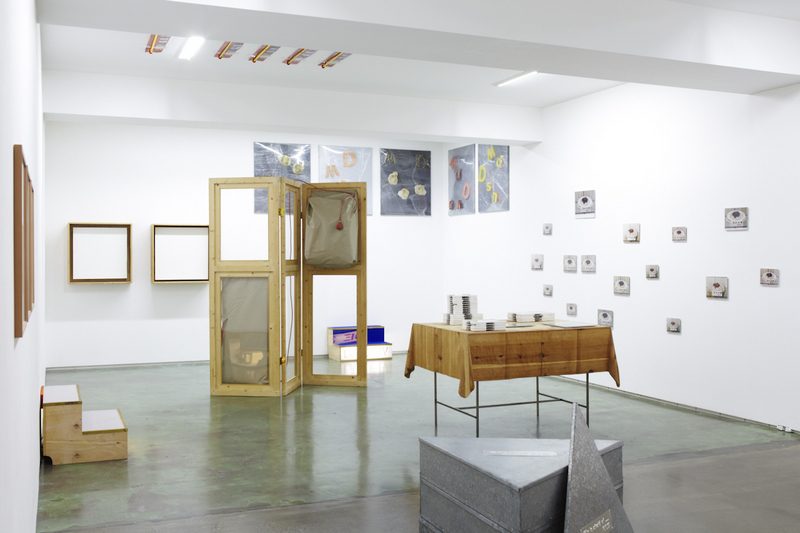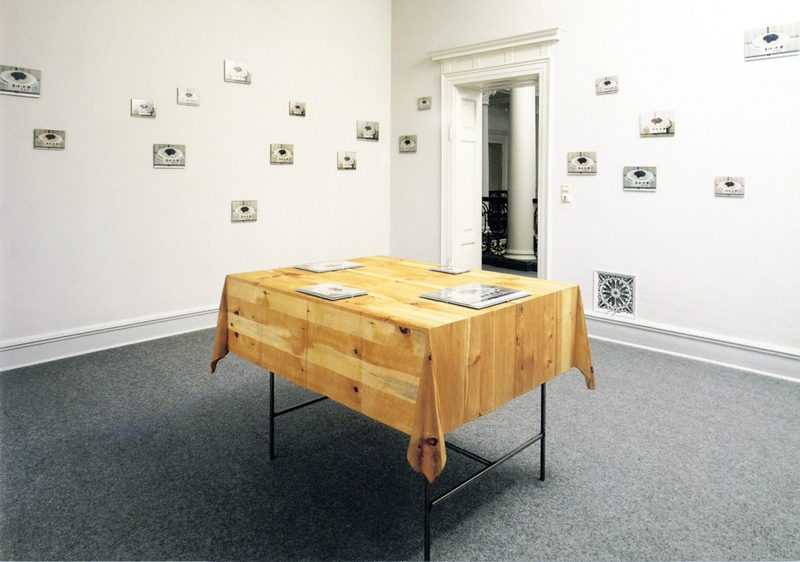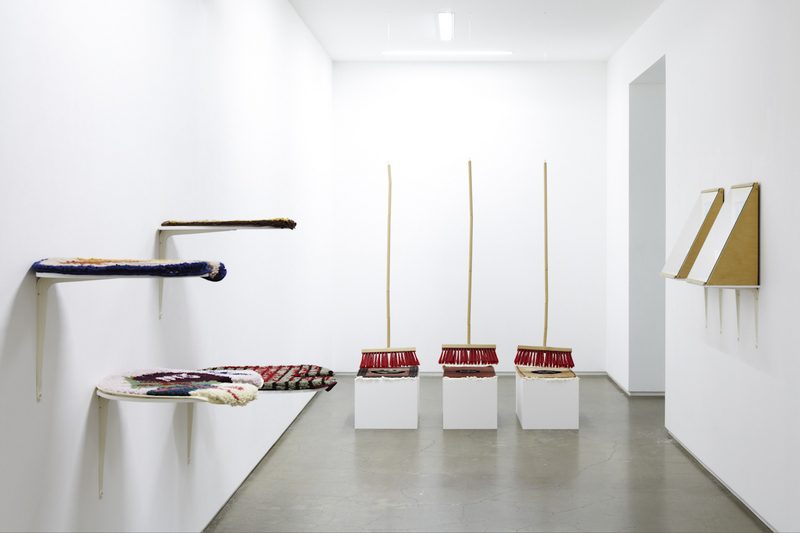ART CITIES:Tokyo-Martin Kippenberger
This was the artist’s first major solo exhibition in Japan. Kippenberger was one of the most influential artists to come out of postwar Germany and he played a pivotal role in establishing the postmodernism aesthetic between the late ‘70s and ‘90s. He was an artist, actor, dancer, heavy drinker, novelist, musician, and traveller. His unique and wild lifestyle was matched by his prolific and varied output, which spanned multiple media including paintings, sculptures, collages, posters, photographs, performances, installations, multiples, and books. He followed one Rule: Always Break the Rules! He bravely navigated the uncharted waters of unknown territories of freedom, a dangerous operation for which he paid dearly with his untimely death at the age of 44.
The core of this exhibition was a large-scale installation, which was produced in the 1990s and comprises 38 multiples, 6 posters, one painting, and 3 hotel drawings. Kippenberger used bewilderment and confusion as a strategy to draw in his audience and frequently questioned the social function of art works. For example, in 1987, he purchased a Grey Painting from Gerhard Richter, which he proceeded to use as a table top for a coffee table, which he presented as his work “Model Interconti”. His aim, to effectively destroy the market value of Richter’s costly painting, shocked viewers. As the most reasonably priced contemporary art works on the market, multiples, were an important medium for Kippenberger, who publicly expressed scepticism for the art market by treating unique works and commercially produced multiples equally. His poster works were an apposite medium for expressing his humour, social critique, and provocative and suggestive images in clever combinations. The painting “Untitled” (from the series Black Rubber Paintings, is part of an experimental series from 1991. The surfaces of the canvases were covered with latex and are reflecting an almost sculptural idea of painting. The work features iconic images from Kippenberger’s oeuvre such as the famous drunken street lamp, the symbol of the Lord Jim Loge also used for his subway entrances, a chair from the large scale installation “The Happy End of Franz Kafka’s ‘Amerika” (1994) and the image of a fried egg with a thumb from the painting series “Fred the Frog” (1988). The black rubber painting, which can also be read as the artists own version of a black monochrome painting, perfectly depicts Kippenberger’s universe of ideas and his extremely wide-ranging reference system. The multiples in the show offered many entry points into Kippenberger’s work and add different viewing possibilities, both on Kippenberger’s own work but also regarding his relationships to other artists and the art world in general. There are references to Günther Förg, Bruce Nauman, Susan Rothenberg, Barnett Newman and Robert Ryman or to concepts like Minimalism or political ideas of the time. They show his idiosyncratic way of working, his connectedness with the contemporary art world and colleagues, his sense of humour, his critique of society and hybris, comments on political attitudes, his mix of high and low culture, the idea of repetition in his work. In addition many works include references to himself as a person. There is a story to tell about every work and that story explains the work of the artist and his way of thinking. During the entire show, which was in part a repetition of a historical show from the year 1990, Kippenberger decided that a Simply Red song was the accompanying soundtrack for every visitor, the “If you don’t know me by now”, greeted each visitor, luring him into the space to look at the work and then hopefully, possibly, everybody will leave the show with a better understanding of the Kippenberger universe.
Info: Taka Ishii Gallery, 1-3-2 5F Kiyosumi Koto-ku, Tokyo, www.takaishiigallery.com/en




